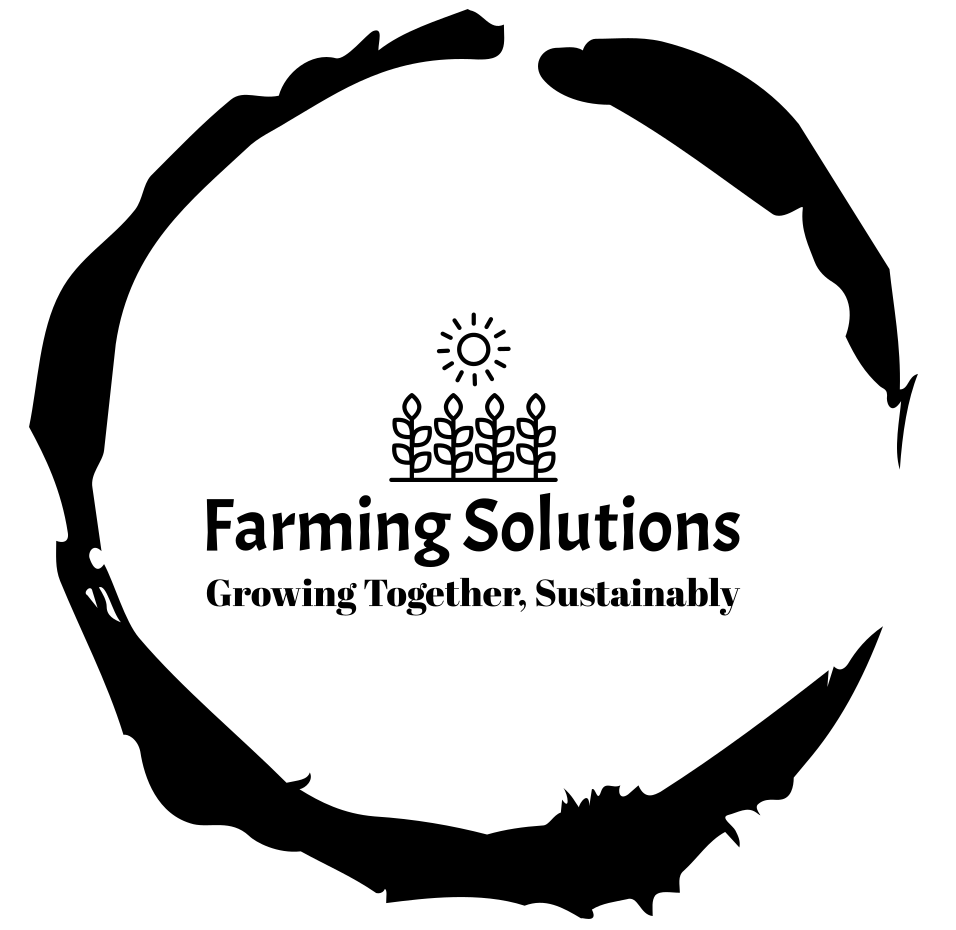
Learn essential onion cultivation tips to enhance yield. Discover modern methods, soil preparation, seed treatment, and more for successful onion farming.
Onion is a spicy crop. Importance of onions in our daily life is immeasurable. Cooking without onion cannot be thought for a moment.The yield and total production can be increased by modern methods of onion cultivation. And through this it is possible to meet domestic demand and export abroad.Cultivation using improved varieties of onion will fetch good market value

Although all types of soil can be used for onion cultivation, sandy loam or silty soil with irrigation and drainage facilities is very good for onion cultivation. Onion yields are very good if there is plenty of daylight, tolerable temperatures and the right amount of moisture in the soil. In the case of Rabi onion, 15-250 C. Temperatures are suitable for onion production. 15 degrees C when the roots and leaves are growing in the small stage. Onion bulbs grow rapidly if there is 9-10 hours of daylight at the temperature and then 10-12 hours of daylight and 21 degrees C. Onion tubers grow well, seeds are formed and yield increases when temperatures and average humidity are 70 percent. Onion yields better when soil pH is 5.8 to 6.5.
Bavistin can be purified by mixing these seeds. In this case, 2 grams of the above drug is required for every kg of seeds. However, if the above drugs are not available, the seeds can also be treated with carbendazim group fungicides.
Seed rate and sowing/planting method: 4-5 kg of seed is required per hectare. That is, about 600-700 grams of seeds are required per bigha. Onions can be cultivated in three ways. By sowing seeds directly in the field, planting corms and producing seedlings by transplanting them. It is best to prepare seedlings and plant them in the field for Kharif season production.
In Bangladesh it is possible to cultivate summer onions in both rabi and kharif seasons. And Bari Onion-2 and Bari Onion-3 can be cultivated early and Nabi. For early cultivation, seeds are sown from mid-February to March and 40-45 day seedlings are planted in April-May. To cultivate Nabi, seeds should be sown in seedbeds till mid-June. For Nabi cultivation, seeds are sown in seedbeds from July to August. And 40-45 days seedlings have to be planted in the mainland.
Table
3-4 weeks before planting, 4-5 plowings and ladders should be done at a light depth of 15-20 cm. Onion roots are more than 5-7 cm deep in the soil. Planting the produced seedlings in the field will increase the size of the tubers and increase the yield. The land prepared for onions is sometimes divided into small beds by draining. Beds should be made 1 meter wide and 6 inches high. 35-40 days old healthy seedlings should be planted in the bed, 1 at a distance of 10-15 cm (row-to-row) and 8-10 cm (seedling-to-ceiling) and in a hole 3-4 cm deep. Seedlings that have started to form tubers cannot be transplanted. Irrigation should be given after planting.
If cultivated with the required amount of organic and chemical fertilizers in the soil, onions are quite large and heavy and can be stored for a long time. Fertilizer levels depend on soil conditions. At the time of last cultivation, all the dung or compost, TSP and 100 kg of MOP fertilizer should be sprinkled on the land and mixed well with the soil. Remaining MOP and urea should be equally divided and applied in two installments after 20 and 40 days of transplanting respectively.

A flood irrigation must be given after planting onion seedlings. Clogging the soil inhibits tuber growth. As soon as the soil becomes fertile, the soil should be broken and the weeds should be removed.
At the time of planting, cover the base of the tree with loose soil. And if necessary, water drainage should be arranged.
Purple blotch, root rot disease can occur in onions. For these suppression, drugs such as Ridomil Gold, Diathen M-45, Rovral 50 WP should be mixed with 2 grams per liter of water and sprayed 2-3 times. Among insect spiders, thrips and jab beetles are deadly. Malathion 57 EC should be sprayed at approved levels for these suppression.
As the onion plant matures, the neck tissue becomes soft. Bari onion-2, 3 and 5 require only 70-80 days from seedling to tuber maturity in case of early cultivation and 95-110 days in case of nabi cultivation. After picking and grading, onions should be stored in a dry and ventilated place in bamboo lofts, ceilings of houses, plastic or bamboo racks or paved floors of houses. Summer onions have high moisture content and cannot be stored for more than 1-2 months.
Sandy loam or silty soil with irrigation and drainage facilities is ideal for onion cultivation.
Plenty of daylight, tolerable temperatures, and adequate soil moisture are essential for good onion yields.
Temperatures between 15-25°C are suitable for Rabi onion production.
9-10 hours of daylight initially, followed by 10-12 hours at 21°C temperature promote rapid growth of onion bulbs.
Soil pH between 5.8 to 6.5 is recommended for onion cultivation.
Onion seeds can be treated with Bavistin or carbendazim group fungicides before sowing.
Approximately 4-5 kg of seeds per hectare or 600-700 grams per bigha is recommended for onion cultivation.
Onion cultivation can be done by sowing seeds directly, planting corms, or by transplanting seedlings.
For Kharif season production in Bangladesh, seeds are sown from mid-February to March.
Land should be plowed and leveled, and seedlings should be planted in rows with a spacing of 10-15 cm between plants and 8-10 cm between rows.
Onion Yield:
13-20 tons of yield per hectare depending on the variety if cultivated with good irrigation and fertilizer application. Planting onion seedlings gives 20-25 percent more yield than direct sowing.
If you want to know and ask more questions about agriculture, you can contact here

Copyright 2024 Farming Solutions